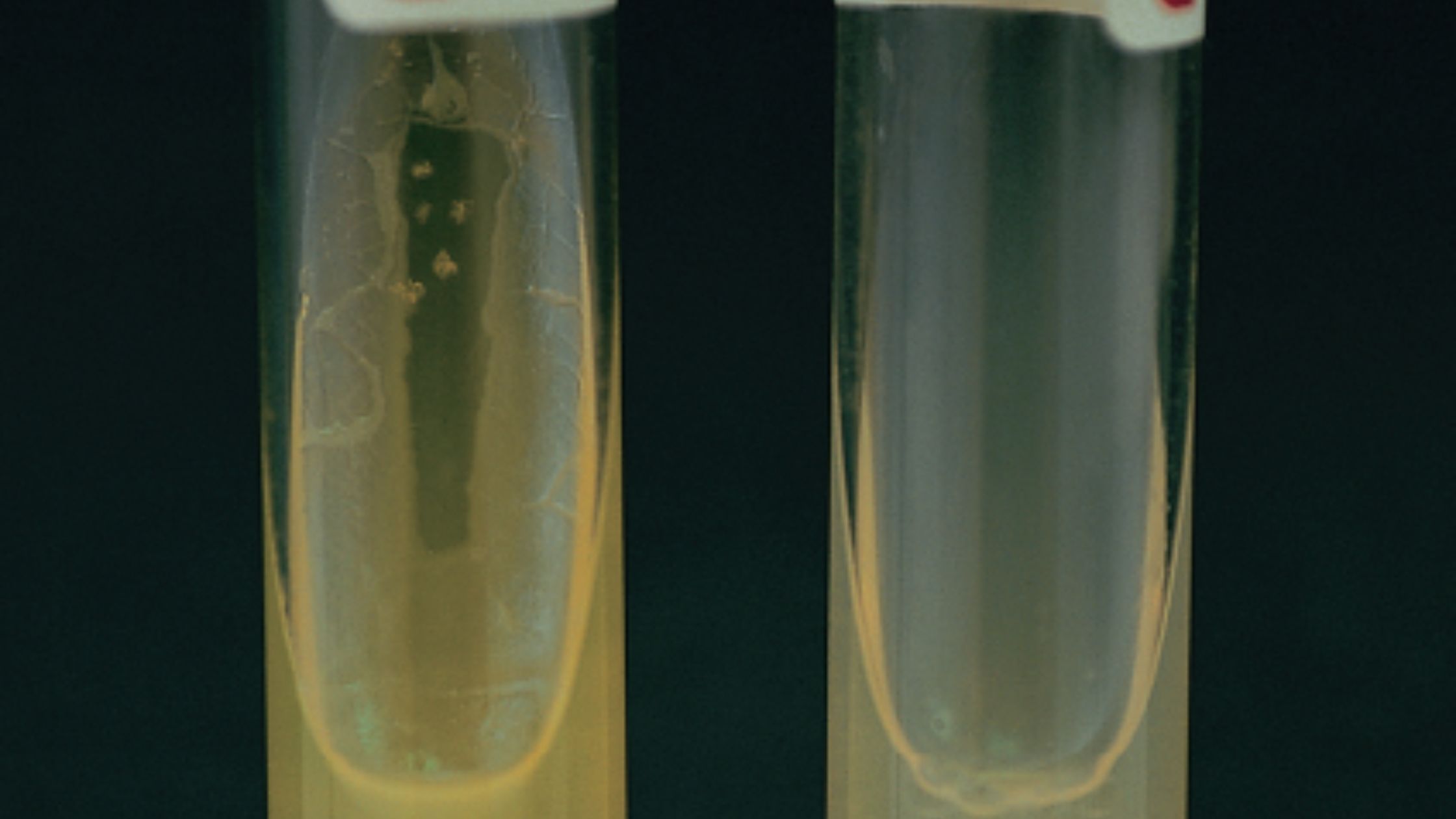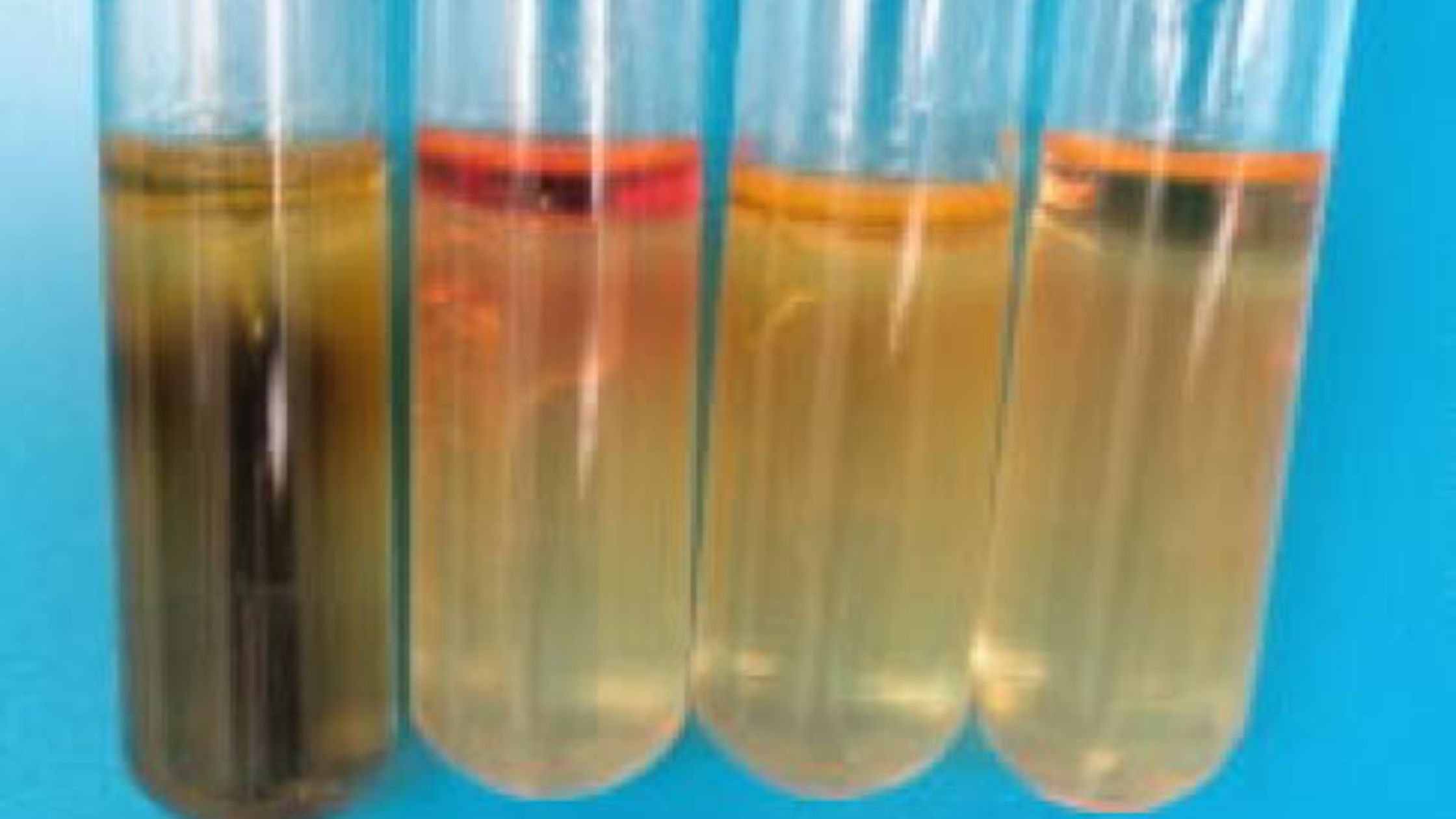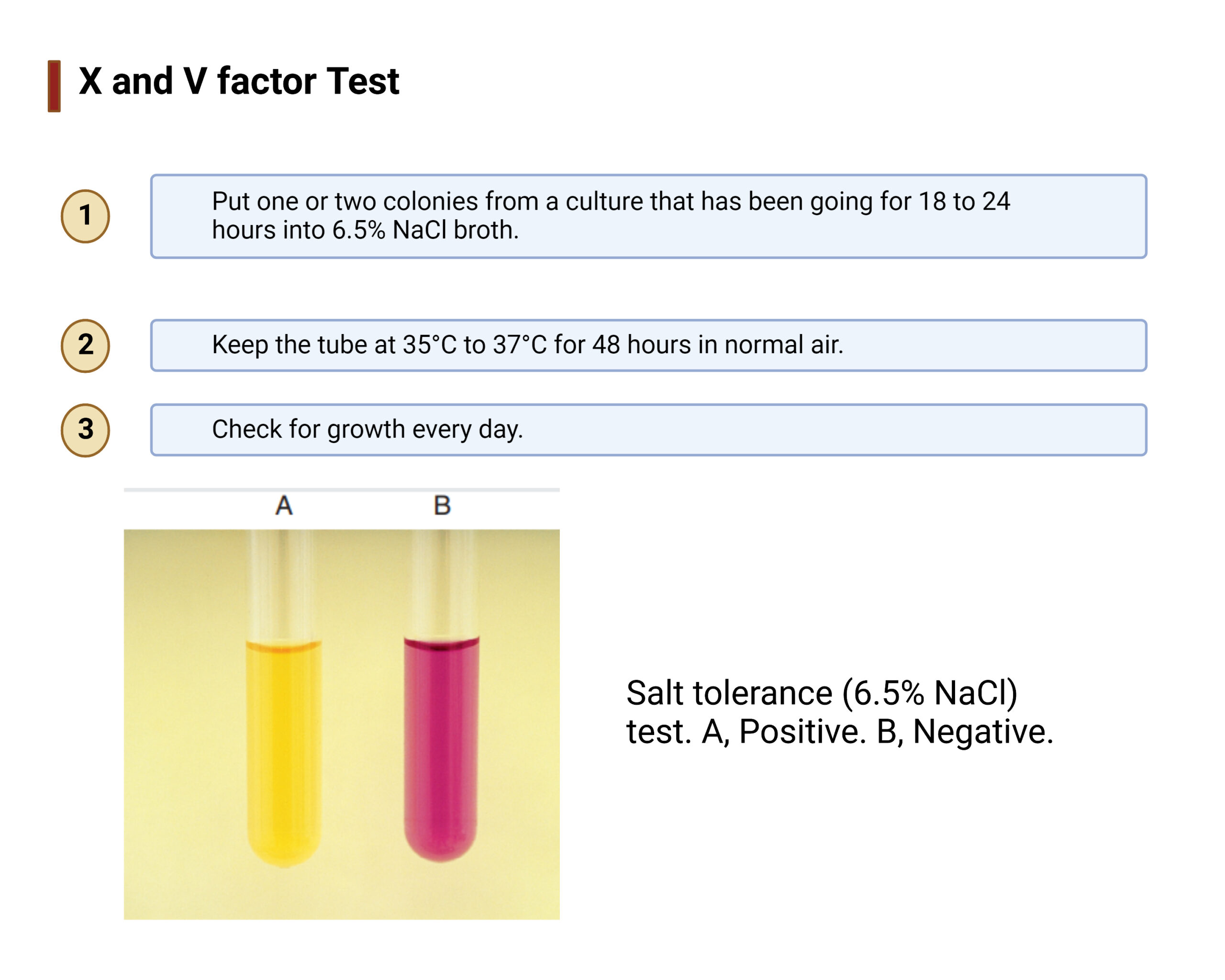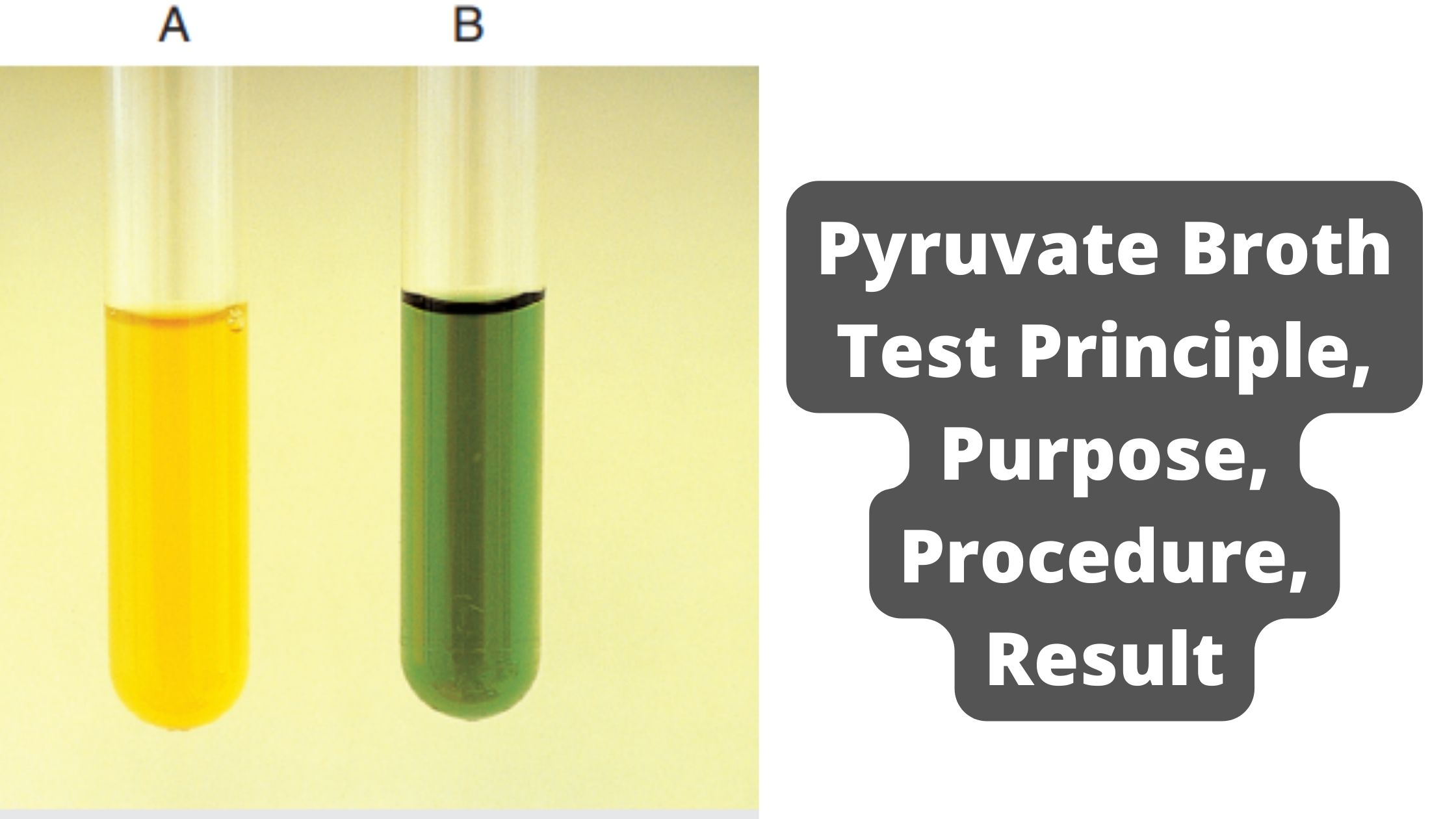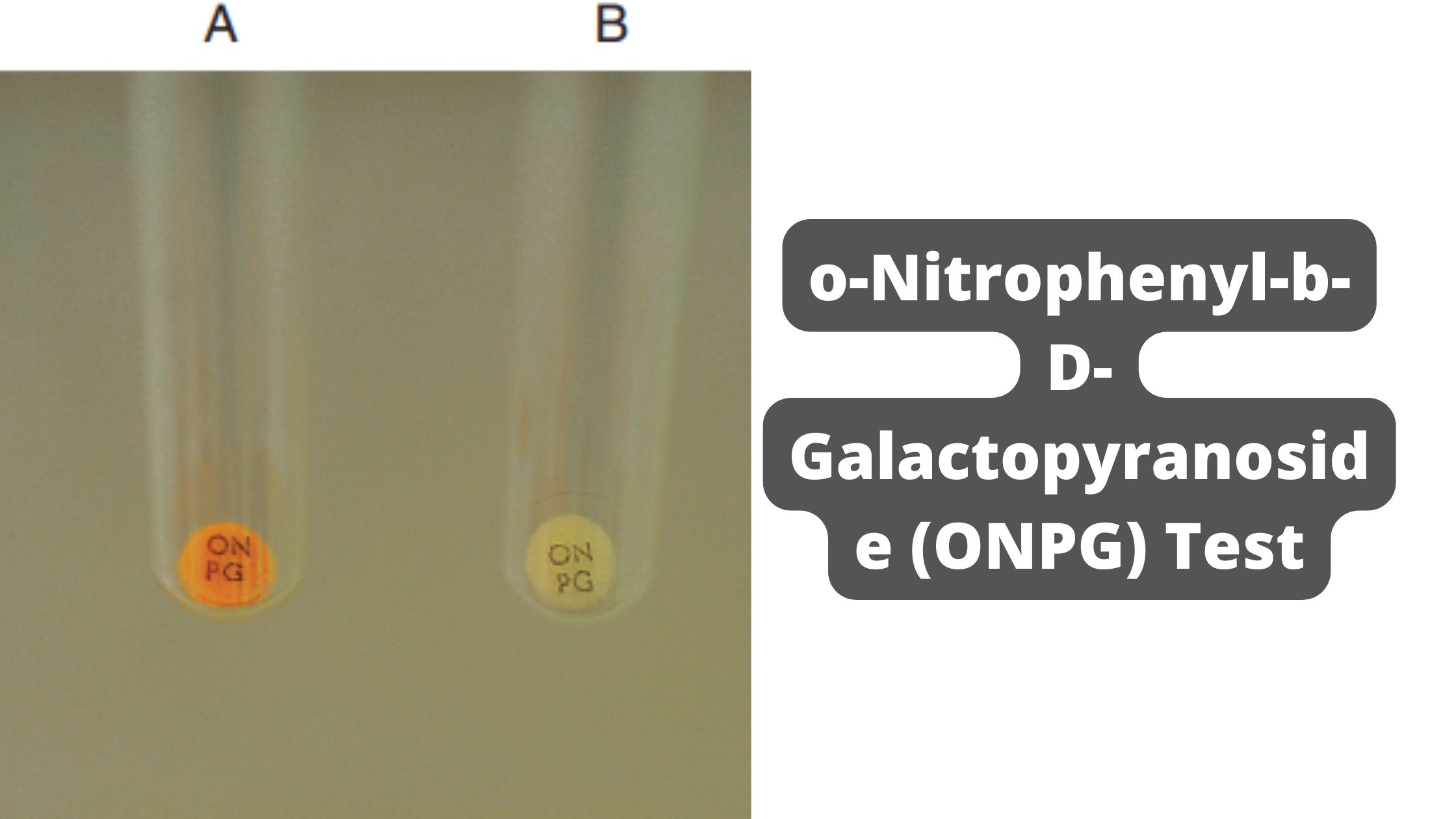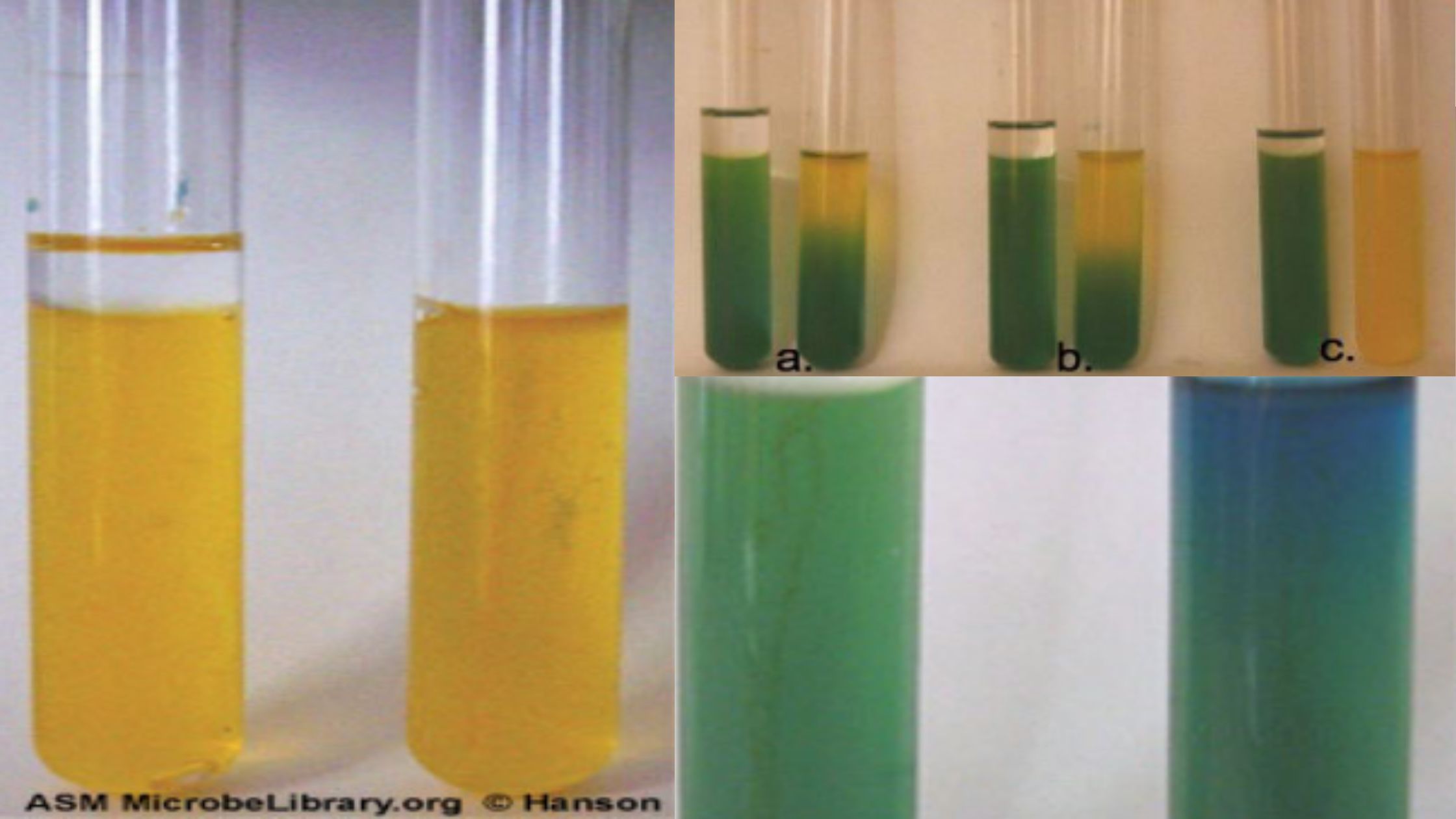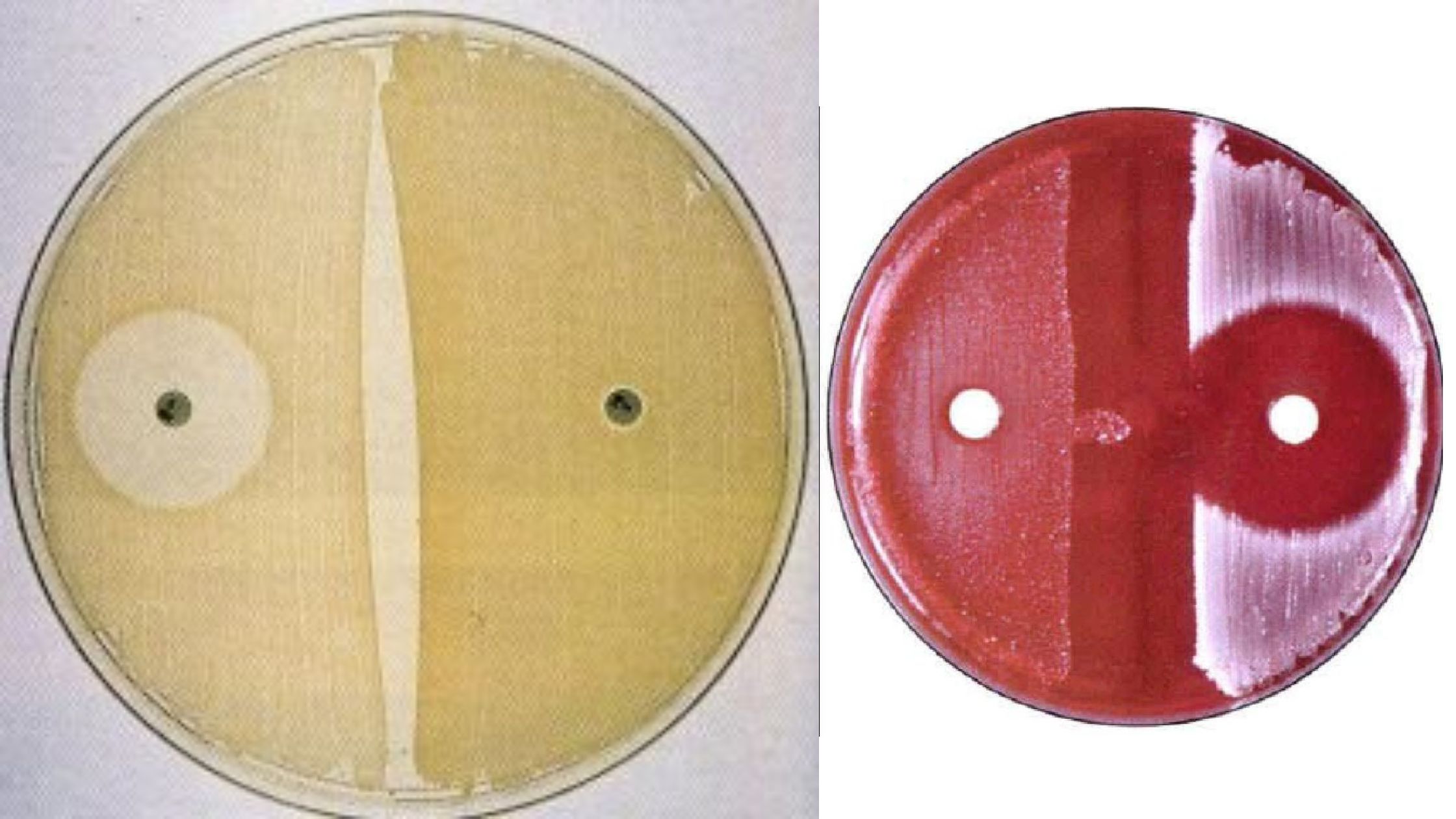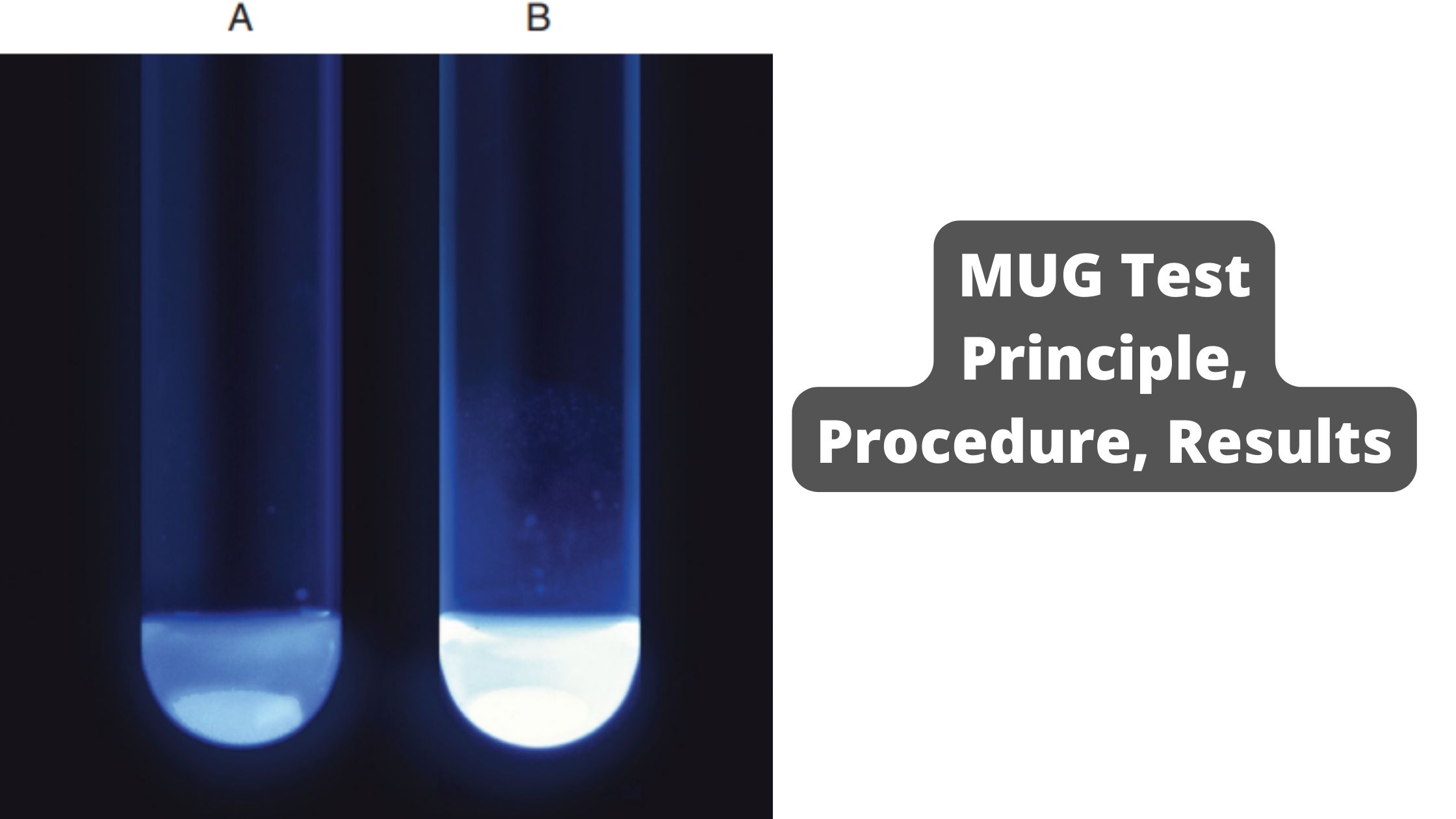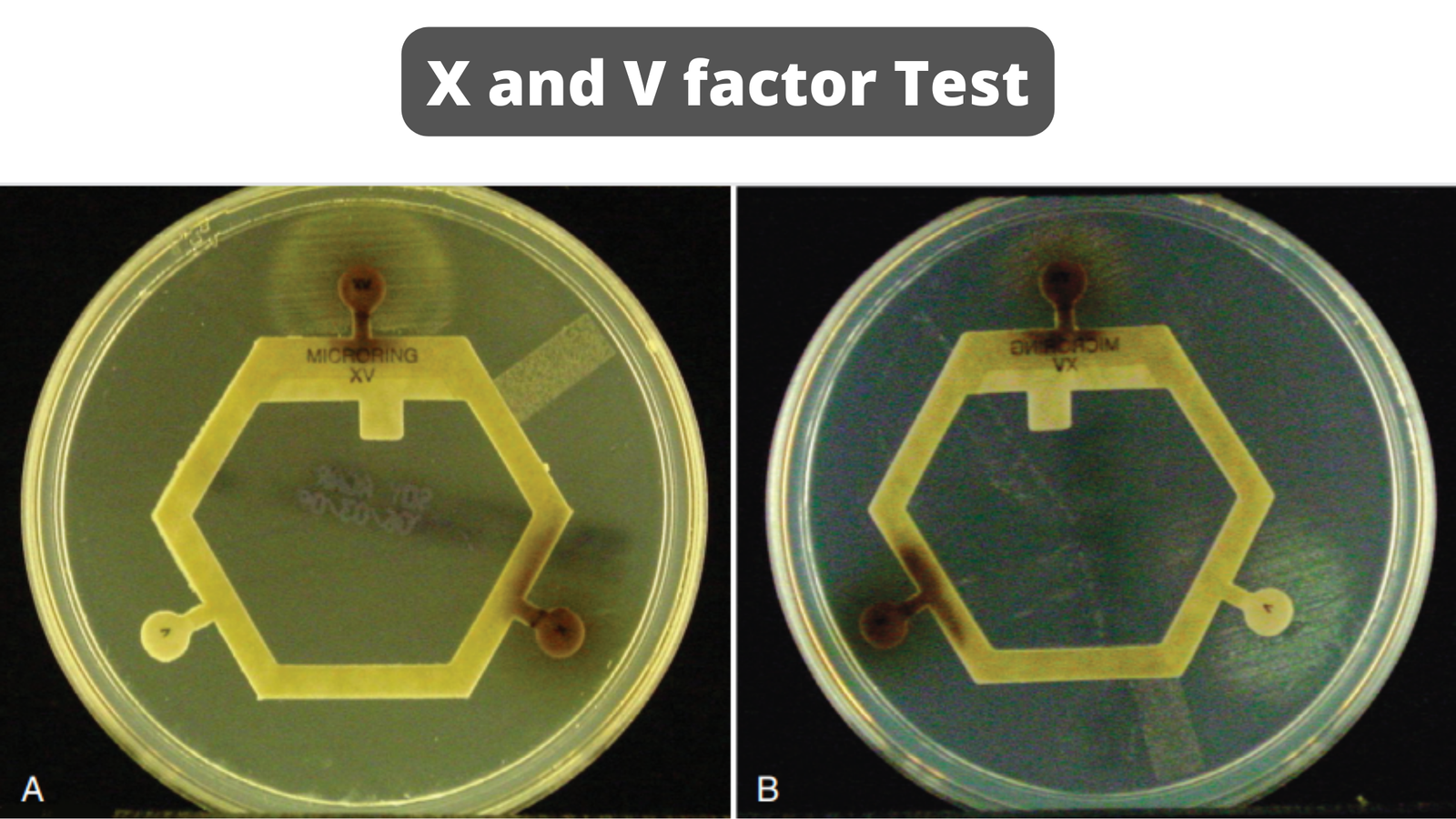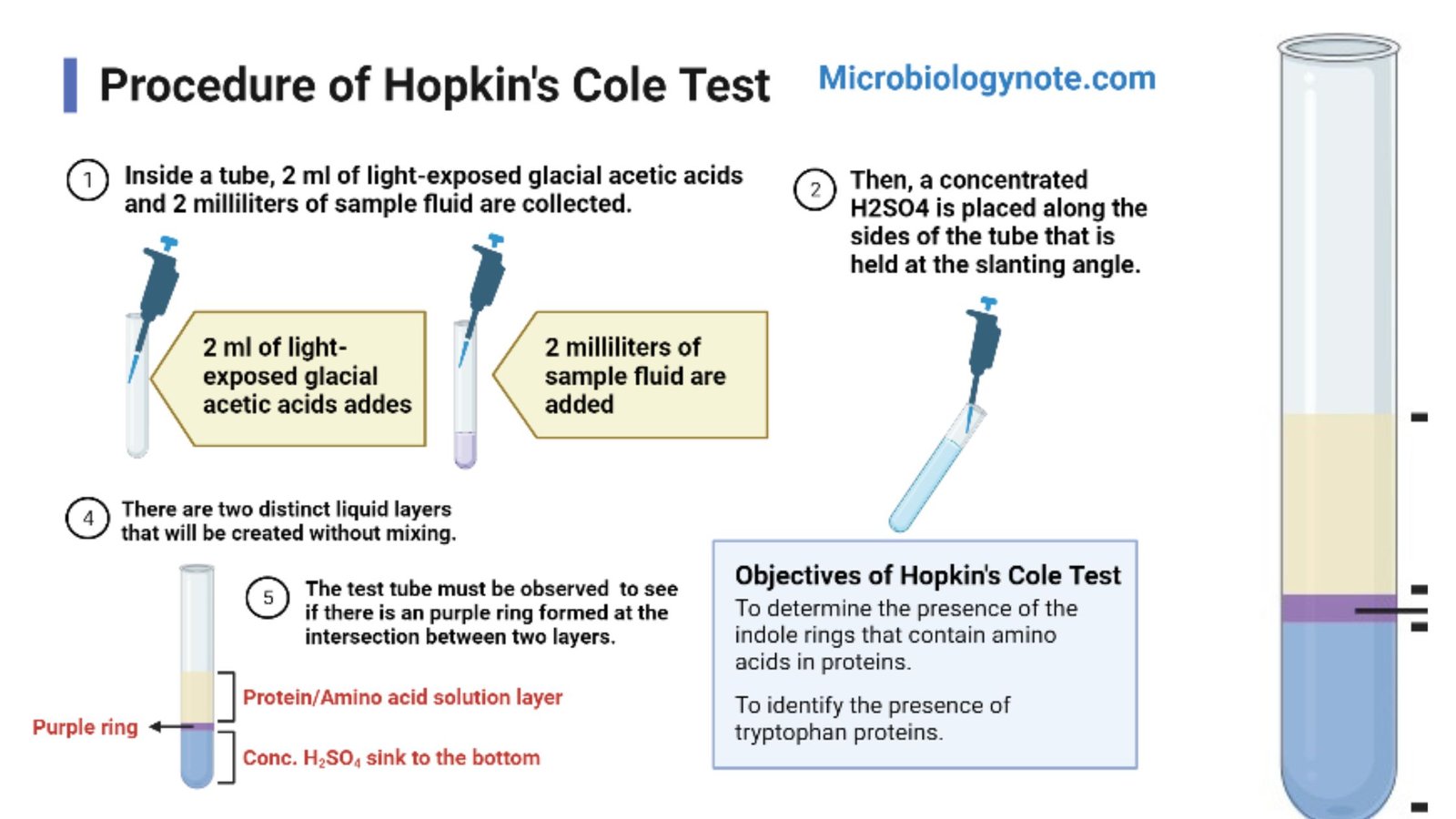Growth at 42 Test – Growth of Non Fermentative Bacteria at 42°C
Test Name Growth at 42 Test Purpose This test distinguishes pyocyanogenic pseudomonas from other Pseudomonas species.Determine an organism’s capacity to live at a temperature of 42°C.To distinguish fermentative bacteria from non-fermentative bacteria. Uses The test is used to determine an organism’s capacity to grow at 42°C.This test distinguishes pyocyanogenic pseudomonas from other Pseudomonas species. Result … Read more
